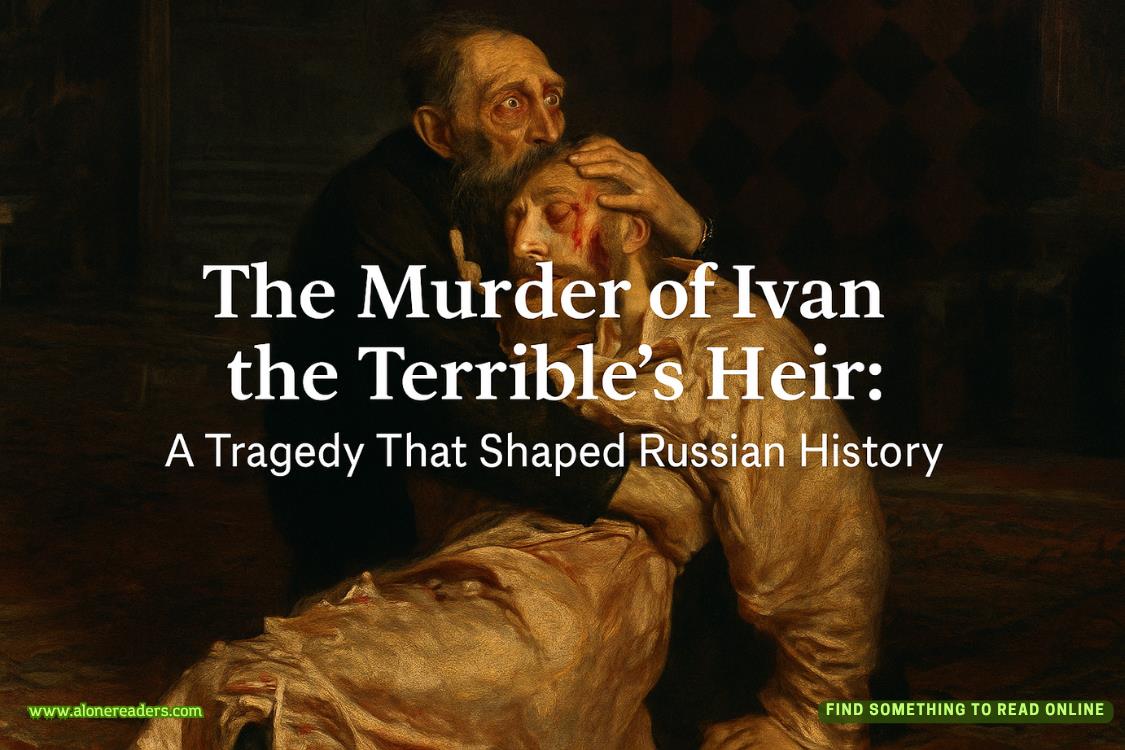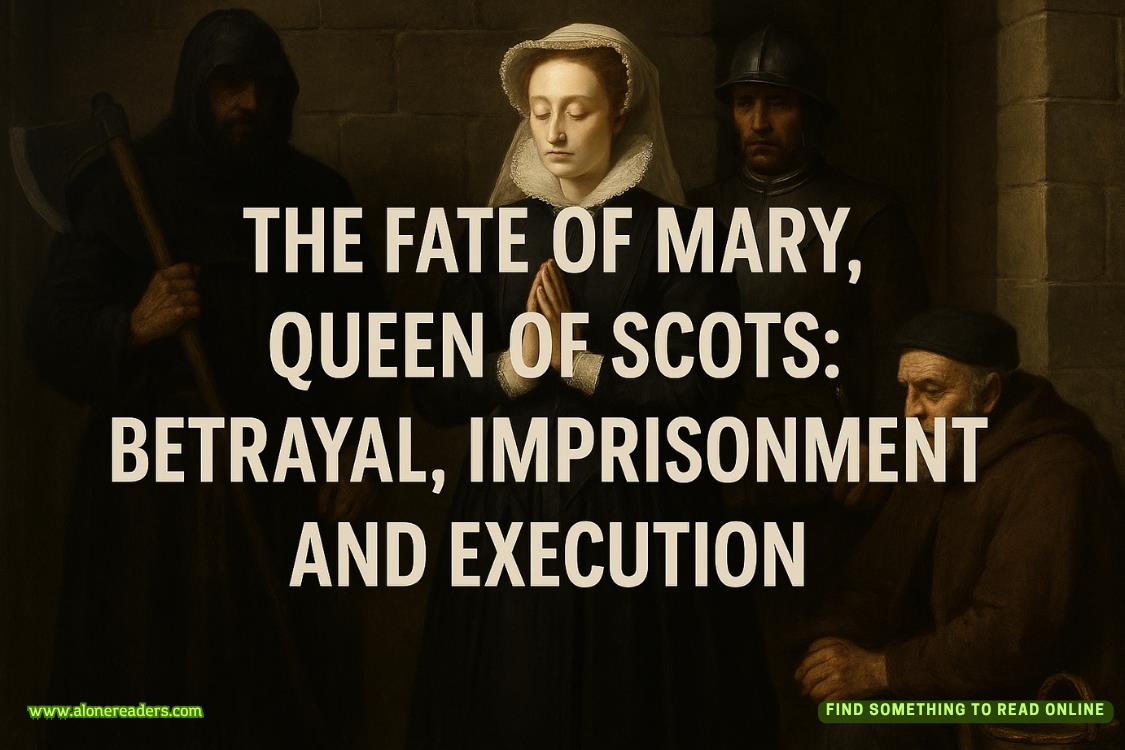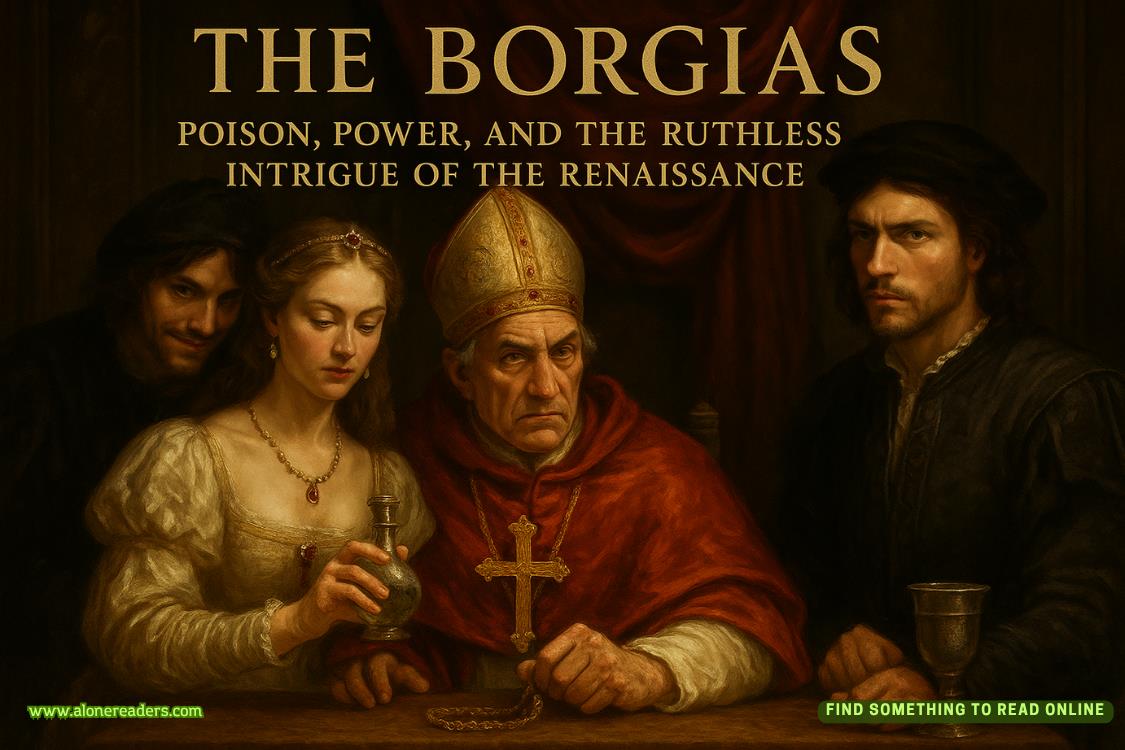Page 25 of Shadow of Doubt
“Good morning, boss,” she replied, removing a tablet and two folders from her briefcase, which she placed in front of her.
“What have you got for me?”
Maggie was a skilled briefer. She knew what her boss was interested in, as well as what he didn’t want his time wasted on.
“Norway’s Russian defector,” she said, opening the first folder. “Leonid Grechko. I heard back from our Oslo station chief.”
“Holidae Hayes,” Conroy stated. He prided himself on knowing the names of all his NATO country chiefs, as well as those based in the nations most hostile to the United States.
Maggie nodded. “Harvath bit, but he didn’t like it. Hayes said it got quite heated, yet in the end, he agreed to cooperate.”
“I told you he would. Nobody walks away from a pile of money like that. Not for a woman. No offense.”
“None taken.”
“How soon until he starts producing?”
“Hayes put him on a short leash. She told him that she expects results ASAP.”
Conroy smiled. “Good. What else?”
She moved to her second folder. “This morning, a senior French DGSE officer named Jadot no-showed for breakfast with our Paris station chief.”
“Ray Powell.”
Maggie nodded again. “Turns out, he couldn’t make breakfast because he had been murdered at some point last night. His housekeeper found his body.”
“Why did it hit your desk?”
“Powell says Jadot had requested the breakfast. He believes the dead operative discovered something, possibly Russia-related, and wanted to discuss it. Other than that, Powell has no clue. Paris police are investigating. He’ll stay on it and update us as soon as he has anything.”
“I only see two folders today. Is that it?”
“Pretty much.”
Conroy cocked an eyebrow.“Pretty much?”
Maggie didn’t want to lead him down a dark alley until she knew what was in it. “We’ve found a new thread. It’s interesting, but we need to pull on it a bit more.”
“Howinteresting?”
“It has to do with Cape Idokopas.”
Mention of the tiny promontory on the Black Sea instantly captured Conroy’s attention. “I’m listening.”
Cape Idokopas was the location of the Russian president’s $1.5 billion palace. It was the physical manifestation of his arrogance, his thievery, and his pillaging of the Russian people.
When some brave anticorruption bloggers had drawn attention to the massive, chateau-style complex, Peshkov had moved quickly to camouflage its ownership. He substituted bogus paperwork and got a conglomerate of Kremlin-friendly oligarchs to stand up and claim that they were the true owners.
“Peshkov’s Palace,” as it was known, was the most closely guarded facility in Russia. At over 190,000 square feet it included multiple helipads, an Olympic-size ice rink, an amphitheater, casino, hookah lounge, movie theater, swimming pools, and an arboretum—just for starters.
The adjacent grounds contained vineyards, greenhouses, a stable, livestock barns, and even an Orthodox church that had been moved stone by stone from Greece.
But it was what lay fifty meters below the palace that the CIA and the U.S. government found most interesting—a gigantic, heavily fortified doomsday bunker with its own electrical, water, sewer, air filtration, and fire suppression systems.
If there were to be some sort of Armageddon—nuclear or otherwise, this was where the CIA believed Peshkov and his inner circle would ride it out.
“I wanted to widen the aperture,” Maggie continued.















